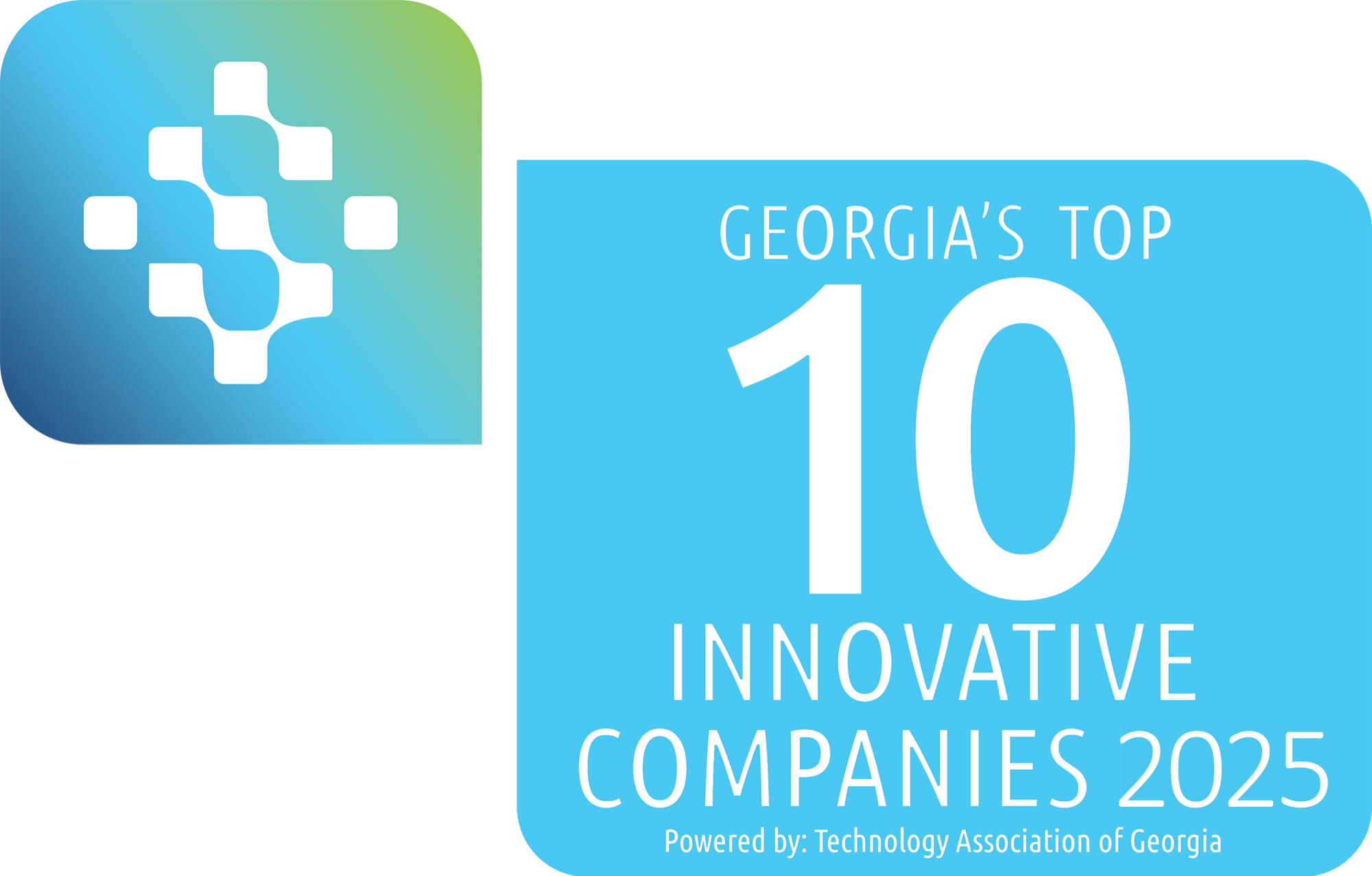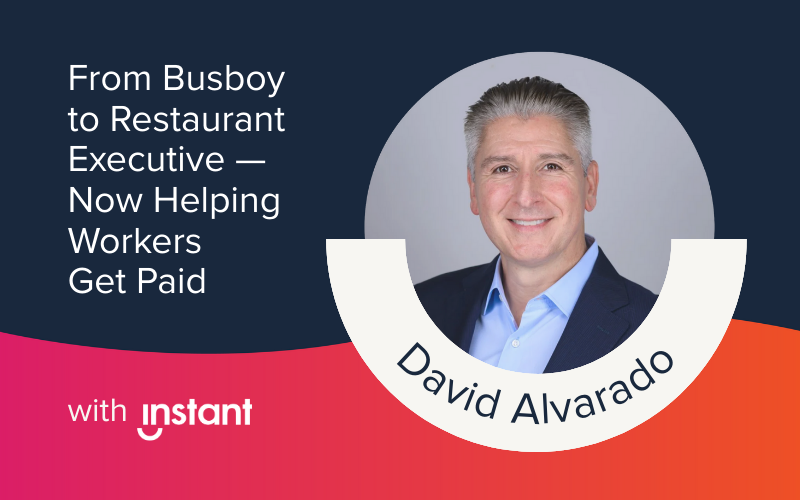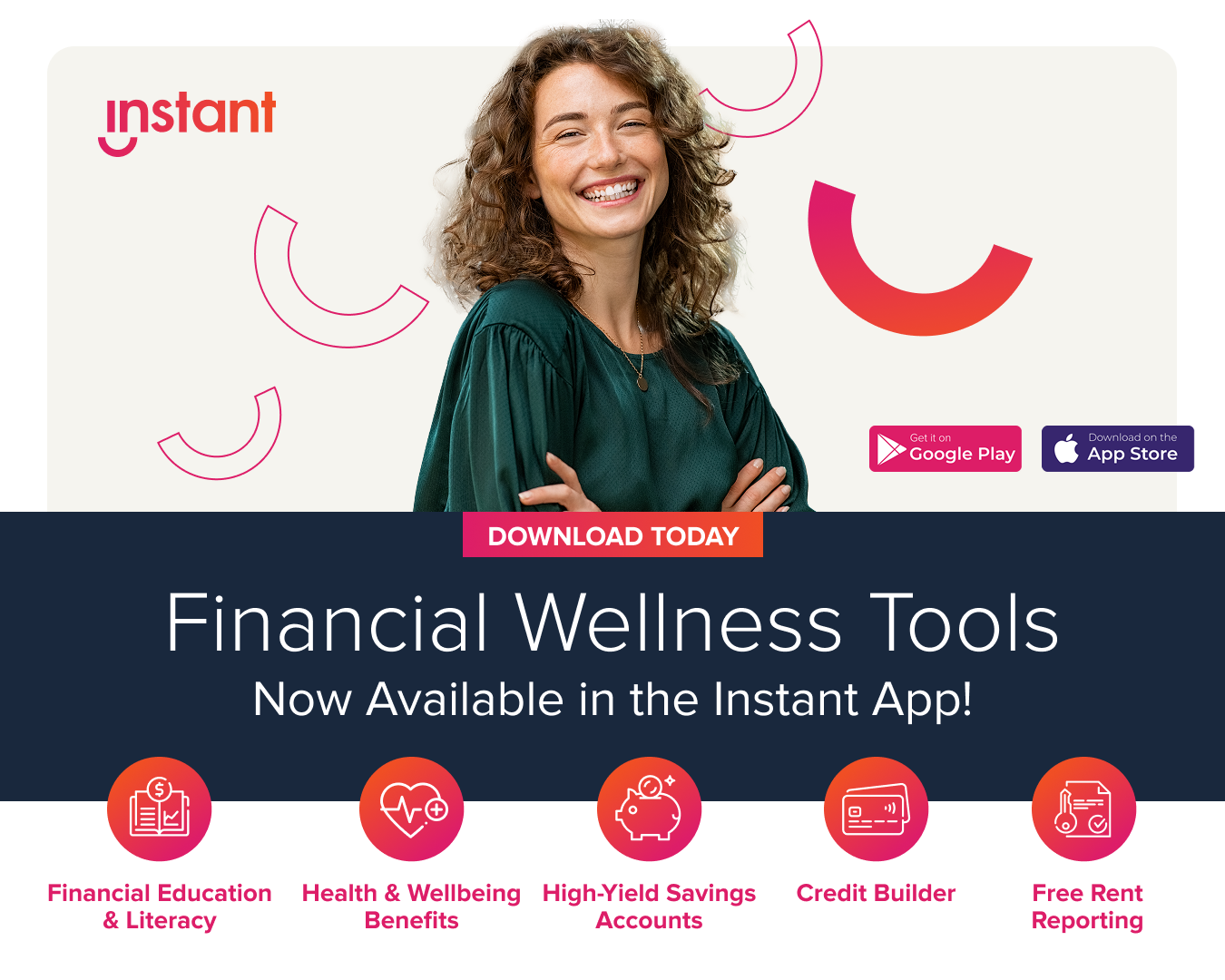
By Ryan Ashton

As we enter into 2024, innovation in the financial services industry will continue to transform the landscape of employee benefits significantly. Earned Wage Access (EWA), or on-demand pay, as a leading example, has been gaining momentum as a table-stakes benefit that is delivering a positive impact on employee engagement and productivity.
Staying attuned to the financial needs of employees is critical for organizational success, and HR leaders are tasked with advocating for the integration of EWA to company executives.
But as an HR leader trying to select a new EWA partner for your 2024 benefits programs, how do you sell-in the tangible benefits to your executive team?
Below, we’ve outlined 7 measurable talking points you can reference to strengthen your case for EWA and ensure your 2024 programs get off on the right foot:
Discuss Profitability & The Strategic Value of EWA:
During your discussions, it’s important to specifically outline the profitability and strategic value that EWA brings to the organization. Start by emphasizing how providing employees with access to their earned wages in advance can improve overall financial wellness, leading to increased job satisfaction and productivity. According to Instant Financial’s 2022 Wages and Wellbeing Study, customers of Instant report a 27% reduction in employee turnover and a 19% increase in retention, resulting in a $2 million reduction in hiring costs. By connecting the dots between employee financial stability and business performance, you are able to showcase how a content and financially secure workforce positively impacts the bottom line.
Anticipate “So What?” & “Why Does This Matter” Questions:
Questions about why EWA would make a difference at your company and if it’s worthy of an investment are inevitable. By proactively addressing these questions in your discussions, you can demonstrate foresight and a commitment to understanding the broader impact of financial solutions on both employees and the organization’s success.
Use Data to Support Your Points:
Data can be a powerful tool when presenting new initiatives to the C-Suite. It’s important to utilize statistics, case studies, and relevant industry benchmarks to support your argument for implementing EWA. For example, a recent survey shows that 77% of HR leaders said their organizations offer earned wage access (EWA) benefits. By highlighting key metrics linked to the adoption of EWA, including increased employee retention, decreased absenteeism, and improvements in overall workplace satisfaction, you can craft a more credible proposal and help the C-Suite make informed decisions by minimizing the need for outside research.
Provide Real-Life Examples:
By the end of your proposal, your C-suite should view EWA as more than a concept. In order to make the concept more tangible, you should share real-life examples of companies that have successfully implemented EWA programs. For example, discuss specific challenges these companies faced, how implementing EWA addressed them, and the positive outcomes achieved. Real-world success stories resonate with decision-makers and provide concrete evidence of the potential benefits of implementing EWA, beyond data.
Discuss the Pros and Cons of Different Providers:
When presenting EWA as a solution, acknowledge that not all providers are created equally. Provide an overview of the pros and cons associated with different providers in the market, considering factors such as user experience, fees, and customer support.
Demonstrate Time to Value:
It’s important to demonstrate how incorporating EWA into your existing payroll process provides a nearly immediate time to value by offering instant financial relief to your workforce. Unlike traditional pay cycles, EWA allows employees to access their earned wages whenever they need. Additionally, the streamlined implementation process of many EWA providers ensures that the benefits are activated in a relatively short time frame, without causing disruption to the existing payroll process.
Identify Same-Day Pay’s Impact on Existing Processes:
HR specialists should identify EWA’s influence on a company’s existing HR and payroll processes. One key consideration is its ability to seamlessly integrate with current payroll systems, minimizing disruption and ensuring a smooth transition. Providers will even remain on stand-by post-implementation to provide continued assistance. This integration not only streamlines payroll, but also overall operational efficiency, as HR teams are able to focus on and prioritize their other tasks.
Remember To Take Action
Ultimately, this discussion should translate into tangible action items. It’s important to outline specific steps that the C-Suite can take to move forward with the integration of EWA, should they be interested. Whether this entails establishing a cross-functional team to oversee implementation or setting a timeline, these action items should reflect your commitment to turning your proposal into a reality. It’s also important to encourage open dialogue and collaboration to address any remaining concerns and ensure a smooth execution. This poses your organization not only to implement EWA efficiently, but to advocate for a workplace culture that prioritizes financial wellness and overall employee satisfaction.
If you’re interested in learning more about the process of implementing fee-free earned wage access into your organization, or have additional questions, please contact us at instant.co/hello.


